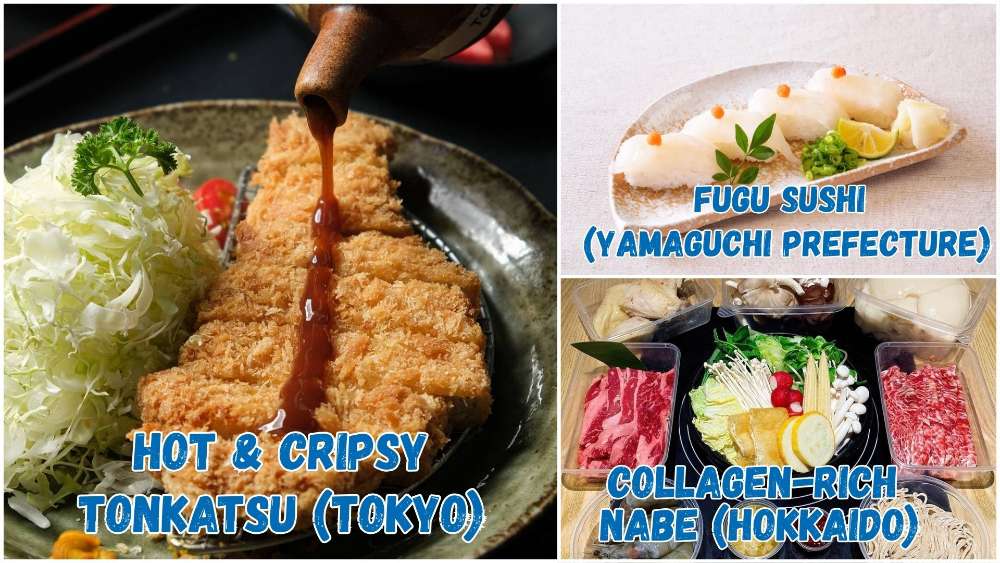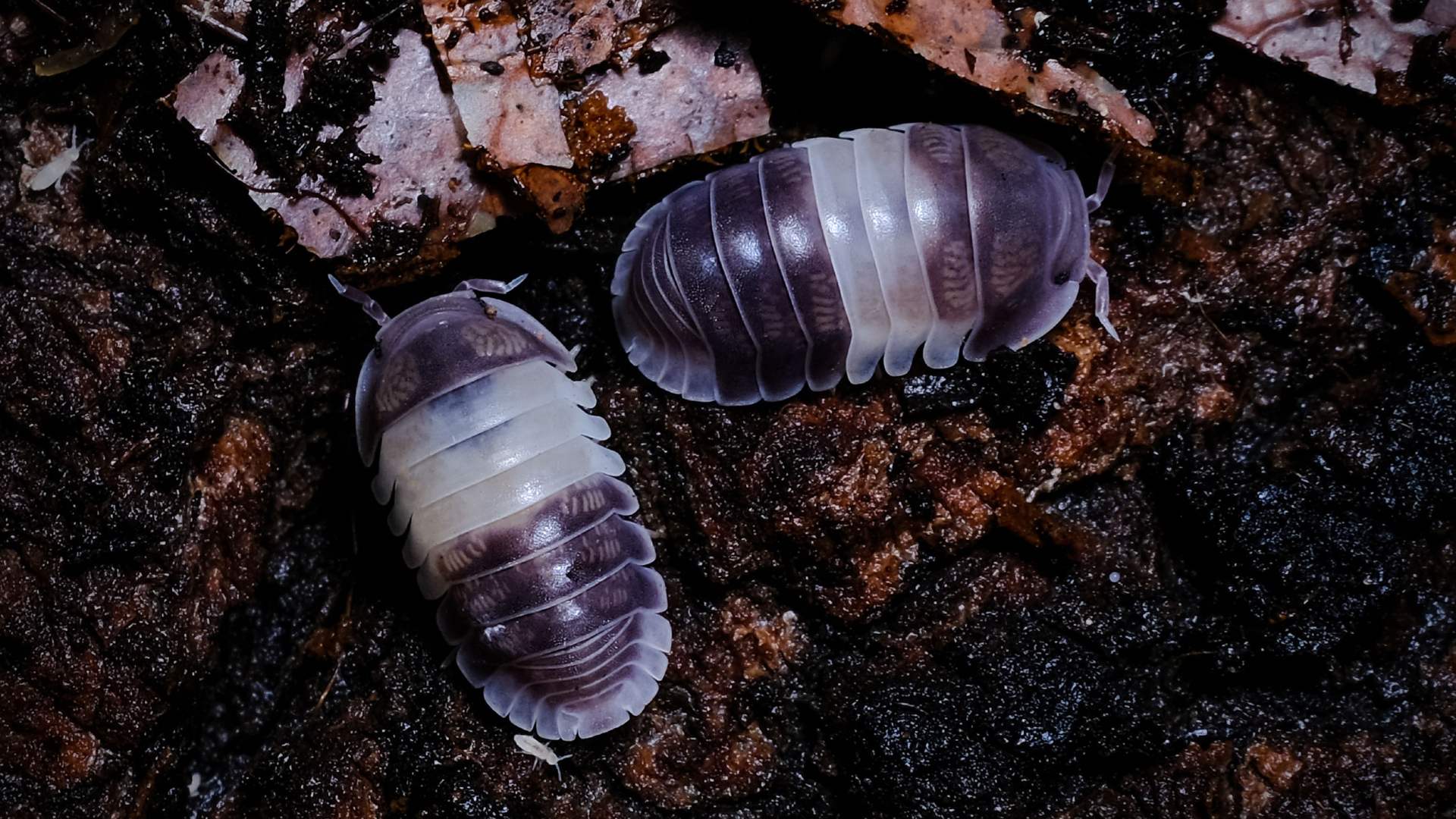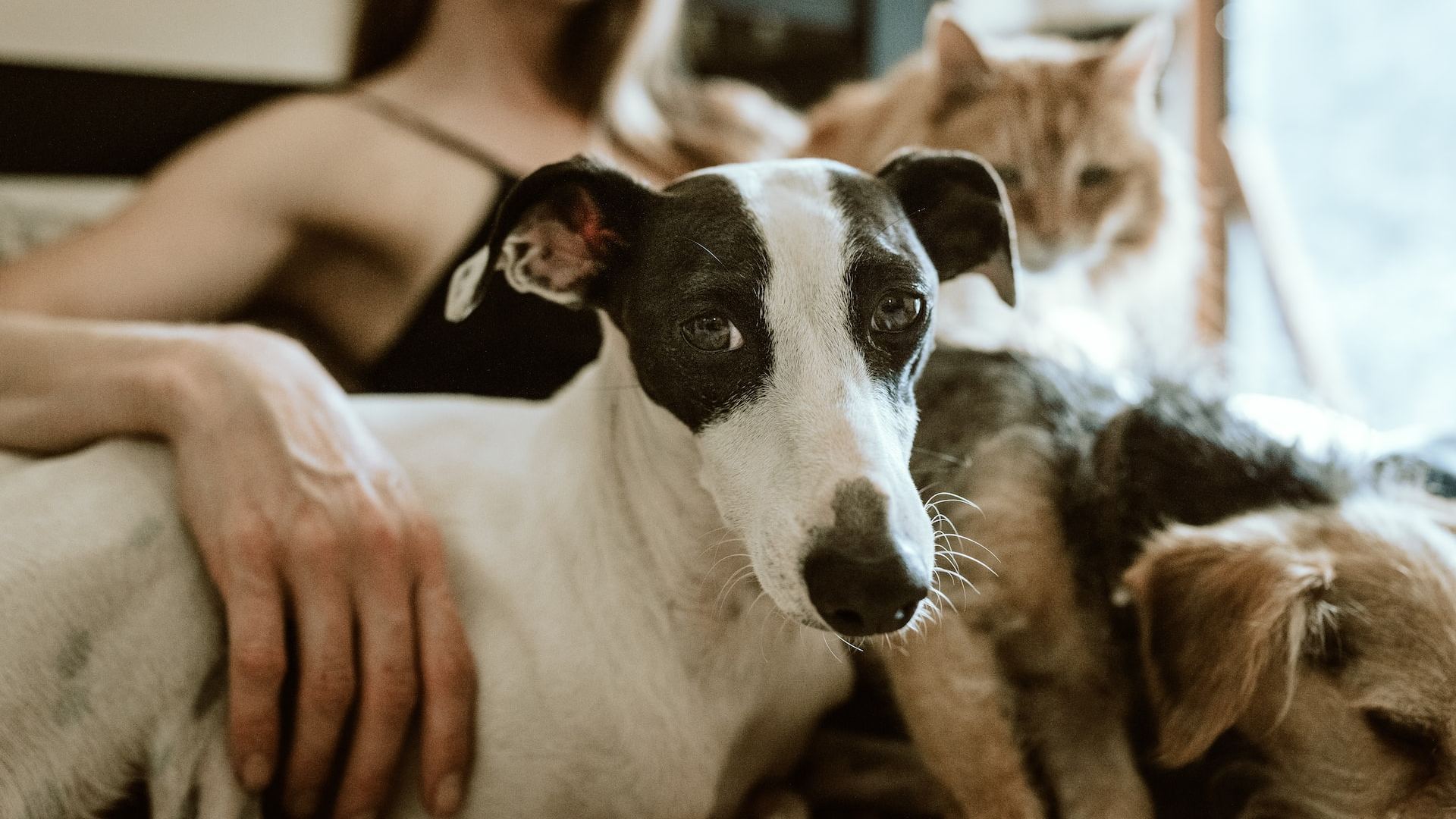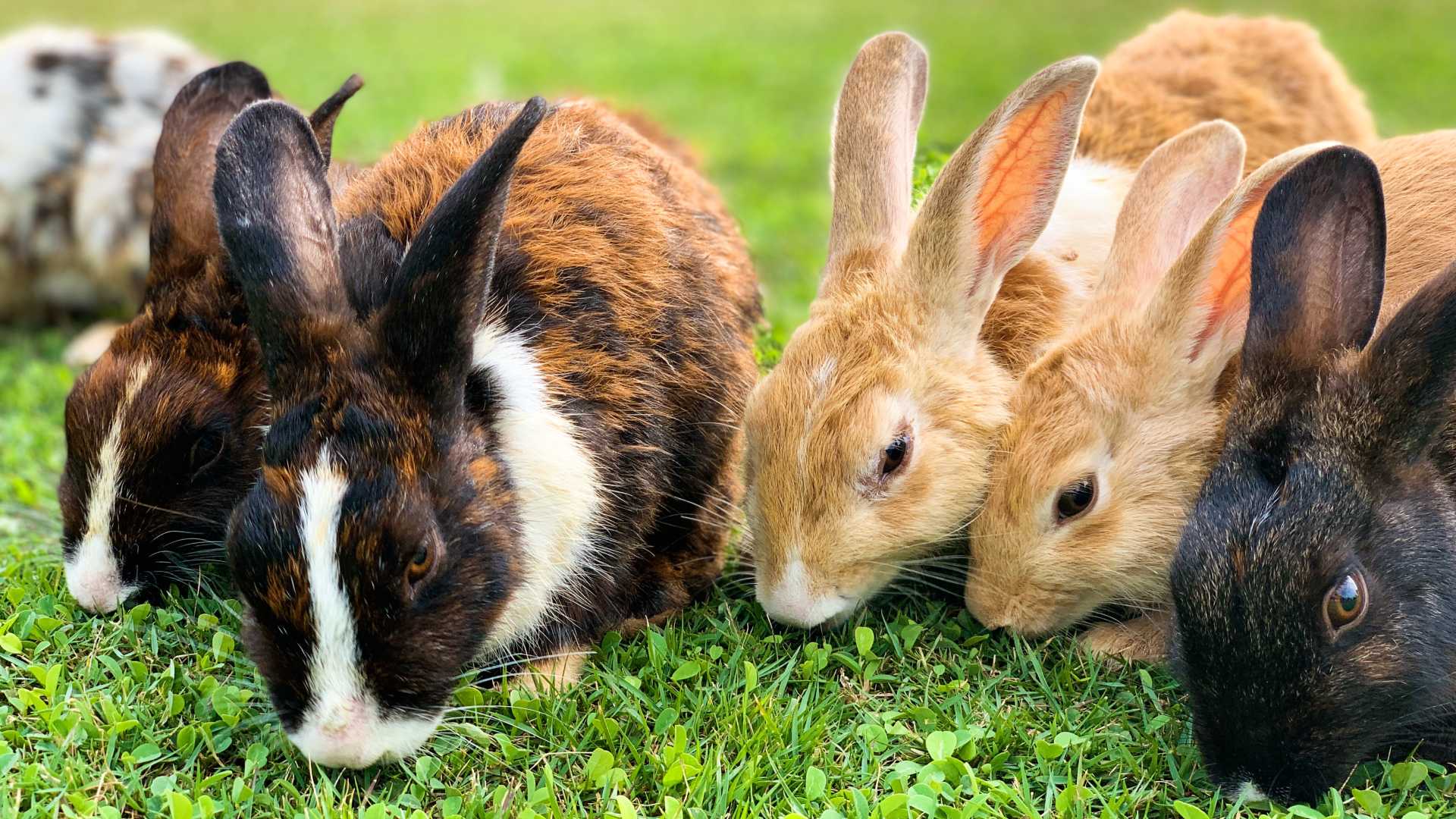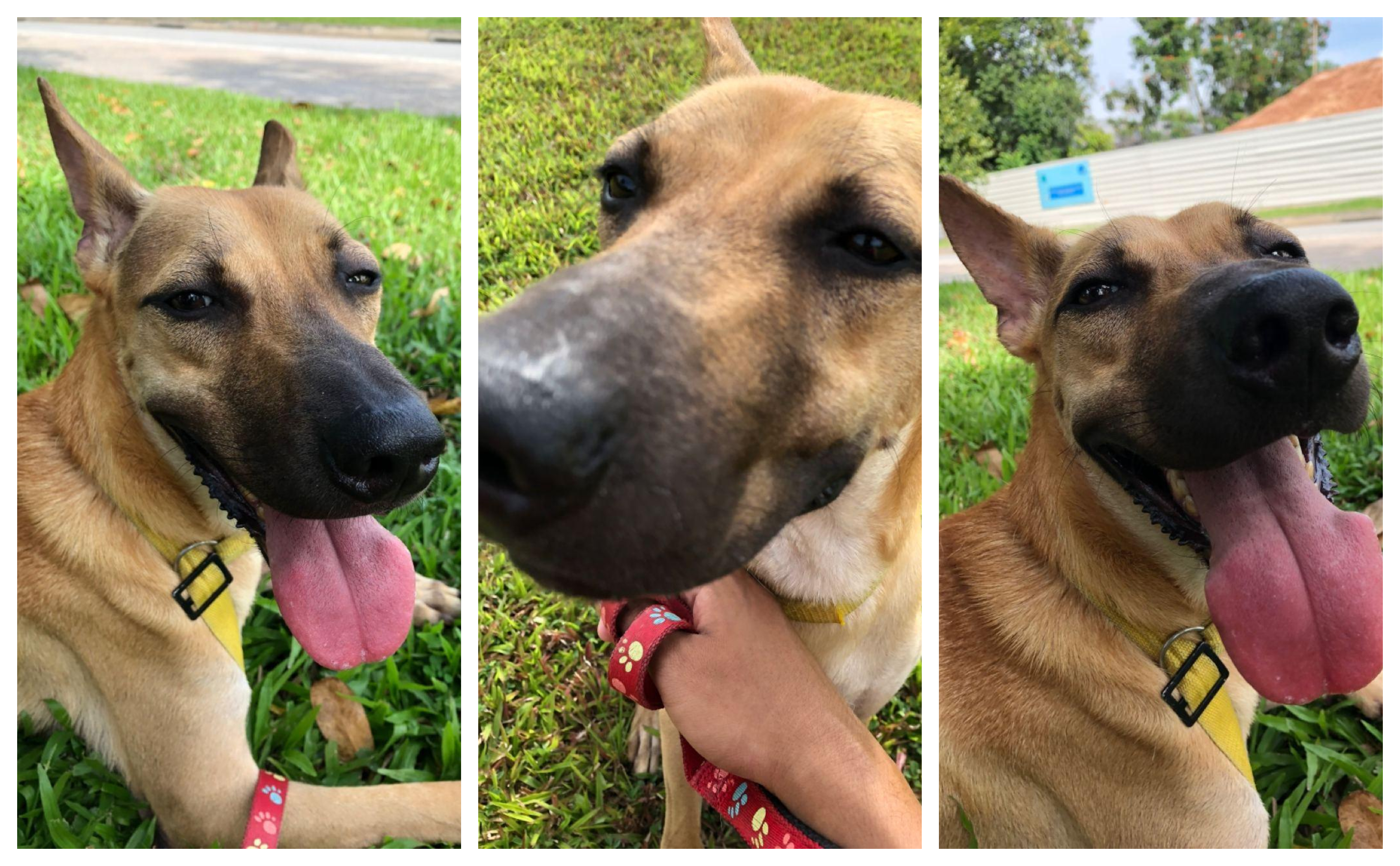What Are Land Isopods And Why Do They Make Cool Pets?
“Eee! Cockroach!” you squeal. Chill lah, these aren’t cockroaches. They’re isopods – land isopods, to be precise.
Land isopods are classified under the Malacostraca, in the Crustacean family, along with other species such as the decapods (crabs, lobsters, shrimps) and the amphipods (scuds), and they do not have wings. Hence, they are far from being closely related to insects, and nowhere near being anything like a cockroach.
There are two categories of land isopods:
The Pillbugs or Rollie Pollies (above)...
...and the Sowbugs (above).
The main differences between the two:
- Pillbugs can roll themselves into a ball, whereas Sowbugs cannot.
- Pillbugs have more rounded armoured bodies than Sowbugs.
- Sowbugs have two short point “tails” at the end of their body and have flatter armoured bodies.
Interesting facts and land isopods
- They are the only land crustaceans: Much like their marine crustacean cousins, land isopods have gill-like structures that help them to breathe. But do not submerge them in water! Doing so will drown them as they have fully adapted to living on land. A moist environment is necessary but never flood their enclosure with water.
- They do not urinate and can drink water from their rear ends (yes, really!): Land isopods can tolerate high levels of ammonia and do not need to excrete ammonia through their urea, like most animals do. They release the gas through their exoskeleton. Most amazingly, they can drink water from both ends thanks to a special tube-shaped structure called a uropod.
- Land isopods eat their own poop: This shouldn’t be too surprising as many household pets, such as rabbits, eat their own poop too – a process known as coprophagy. Rabbits eat their own faecal pellets (called cecotropes), which contain plenty of nutrients, protein, and vitamins essential to a rabbit’s diet. Likewise, isopods consume their own poop as it contains copper, something essential to their existence. Every time they poop copper, they put it back into their system by eating it again – the ultimate recycling process!
- They are blue-blooded (literally!): Pillbugs and sowbugs have blue blood. The reason: their blood has hemocyanin, which contains copper ions. (Human blood, on the other hand, has haemoglobin which contains iron.) When their blood is oxygenated, it turns blue.
Habitat
Land isopods are nocturnal. And although they live on land, as their name suggests, they have gills that need to be always kept moist. Hence, they are usually found in damp and humid places such as under rocks and logs.
Life span and life cycle
Most land isopods live for about two years. They hatch from eggs and look pretty much the same way throughout their life cycle. They shed their skin in two phases: first, the back half; then, the front half.
A mature female land isopod will lay eggs directly into her marsupium (a pouch that protects eggs or offspring, just like a kangaroo’s pouch), and young isopods will moult within the pouch where it is safe to do so.
Behaviour and temperament
Land isopods may fight if there is an interspecies competition. Therefore, it is recommended that only one variety be kept per enclosure as colonies will start competing for resources and only one colony will thrive.
These interesting creatures are not known to pose any danger to humans, even though they have dozens of claws on their underside. A hamster’s bite could pose more danger to your finger, even if that little ball of fluff looks cuter and cuddlier!
Diet
Land isopods are known as the “clean up” crew for bioactive terrariums as they feed mostly on decaying plants, rotting wood, fungi, leaf litter, etc.
A bioactive terrarium (or also known as a vivarium) refers to an enclosure that houses reptiles, amphibians, or invertebrates, as well as live plants and other microorganisms that help to consume and break down waste product.
When put into such enclosures, land isopods help the living environment thrive. In this case, the isopods are secondary inhabitants helping to serve the primary inhabitants. Nutrients from animal waste will be fragmented and consumed by the isopods.
Pets, not pests
As creepy as they look, land isopods are harmless to humans and do not cause any damage if they enter your home. They kind of just do their own thing. It would be a pity if land Isopods were seen as pests.
Some reasons for their appeal as pets:
- Interesting to watch
- Considered quirky pets, so you’d be cool if you kept some
- Unbelievably low maintenance
- Come in many beautiful colours and patterns (there are morph species too)
- Inexpensive to maintain (prices vary for species)
- Communal creatures (they do well together, even babies and adults of the same species)
- Easy to handle (but are very fragile and may get hurt if you drop them)
- Probably the most magical invertebrates to deal with (especially when we’ve had enough of dealing with metaphorical ones in real life…)
Where to get land isopods
Try Green Chapter, a one-stop shop (located at 565, MacPherson Rd) for those with aquariums and terrariums... and anyone interested in land isopods.
For the latest updates on Wonderwall.sg, be sure to follow us on TikTok, Telegram, Instagram, and Facebook. If you have a story idea for us, email us at [email protected].






